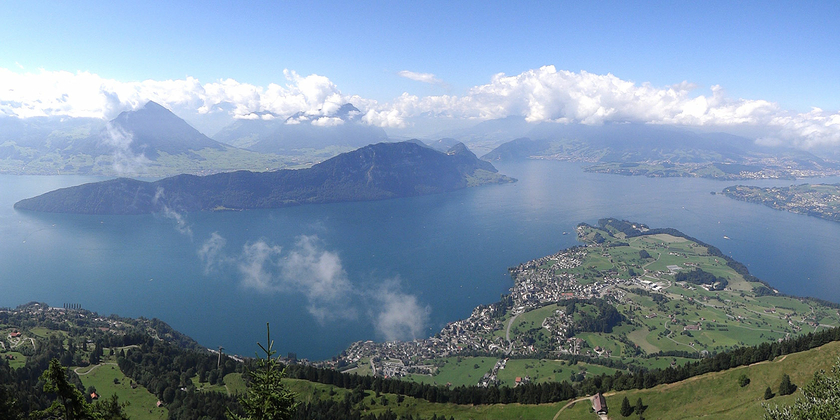Department Surface Waters - Research and Management
Using Lakes for heating and cooling

Deep lakes can be used as important sources or sinks of heat for heating and cooling purposes. This is a previously neglected renewable energy source. Recently, several new projects have been developed to use lakes in Switzerland for heating or cooling purposes. As a consequence, public awareness of this potential energy source has also increased.
In a project financed by the Swiss Federal Office for the Environment, we have investigated the potential of lakes and rivers in Switzerland to be used as energy sources for heating and cooling. Detailed information is published on the Thermdis project website. These estimates show the great existing potential of this energy source in Switzerland. For the use of individual water bodies, however, the potential must be estimated in each case, taking into account the specific characteristics of the water body. Such assessments have already been carried out for individual lakes (e.g. Lake Constance or Lake Zug) as part of consulting and research projects.
The factsheet " Use of thermal energy from lakes and rivers" provides an overview of the most important points to consider from a water protection perspective when planning systems for heat usage from surface waters.
